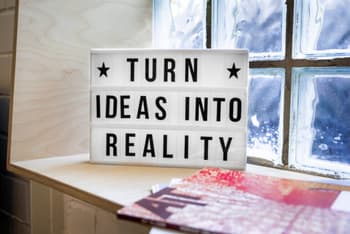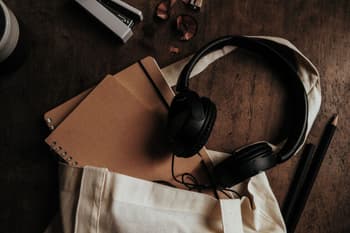Table of Contents
If you have found the perfect song to play in the background of your YouTube video or you want to share a certain clip from a movie so you can critique it, you may be wondering whether you need permission to share the content. Unfortunately, sharing others’ content without permission could result in a claim of copyright infringement. Whether you should seek permission will depend on:
- whether the content you wish to share is the subject of copyright protection; and
- why you are sharing it.
If the content is subject to copyright protection, you will have to seek permission directly from the copyright owner. This article will explain:
- when you do and do not need permission to share content on YouTube; and
- how to obtain permission if necessary.
What is Copyright?
Copyright protects the expression of ideas. It gives the owner of copyright exclusive rights over the use of their original work, including the right to:
- reproduce the work;
- communicate the work to others; and
- create derivative works.
In Australia, copyright protects lasts for the lifetime of the creator plus 70 years. Once copyright has expired, works enter the public domain and you do not need to ask permission to share or adapt the content.
Copyright attaches to many different types of works. For example, it attaches to:
- photographs;
- videos;
- literary works; and
- songs.
When you share works containing copyright that belongs to someone else on YouTube, you are infringing on that person’s exclusive rights to share the work. Therefore, you cannot do this without first getting their consent.
What is Fair Dealing?
In certain situations, you do not need to seek permission to use a piece of work even if it is protected by copyright. This is called the ‘fair dealing’ defence. ‘Fair dealing’ applies if you are using the content for:
- research or study;
- criticism or review;
- parody or satire;
- the purpose of reporting news;
- the purpose of enabling a person with a disability to access material; or
- professional advice by a lawyer.
Your use is more likely to be considered fair if you:
- have a genuine purpose for sharing the content;
- identify the author of the copyright-protected work;
- only copy what was necessary to achieve your purpose; and
- are not using the work to directly compete with the owner of the work.
Fair use is determined on a case-by-case basis in light of the surrounding facts and circumstances. If your purpose was primarily another reason, such as self-promotion or to compete with the original copyright owner, your use of the copyright-protected material is unlikely to be considered fair dealing.
Continue reading this article below the formGet Permission or a Licence
The safest way to avoid copyright infringement is to get permission or a licence from the copyright owner. The owner may simply grant you permission to share their work or they may grant you a licence for a fee. In either case, the original creator of the content will remain the copyright owner. You will only be able to use the work under certain conditions.
Key Takeaways
If you want to share a copyright-protected work on YouTube, you should approach the copyright owner directly and get permission to use the work.
If your purpose for sharing the work falls within the exception of fair dealing, you may not need to obtain permission from the copyright owner. However, it may still be the easiest way to use the content in light of YouTube’s automatic blocking Content ID software.
If you are uncertain about whether you need to seek permission to use copyright-protected material or need help negotiating a licence agreement, get in touch with LegalVision’s intellectual property lawyers on 1300 544 755 or fill out the form on this page.
We appreciate your feedback – your submission has been successfully received.











